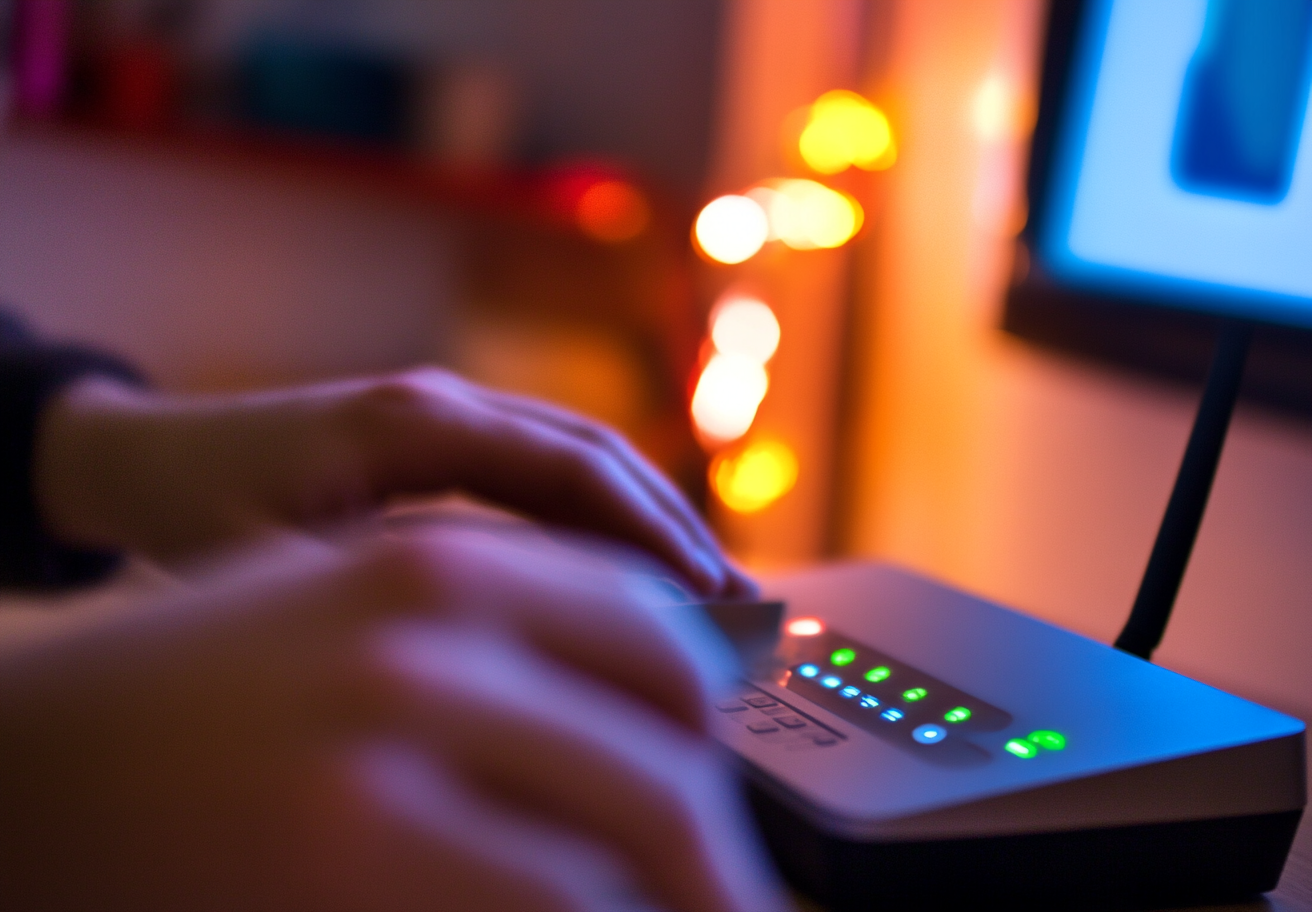How To Configure a Router
Tue Jan 14 2025
|netservicesLearn how to set up your own home network by a step-by-step guide to configuring a router.

Configuring a router is an essential skill for anyone looking to set up or optimize their home or small business network. A router acts as the central hub of your network, directing traffic between devices and connecting your local network to the internet. Proper configuration ensures better security, faster speeds, and improved overall performance.
Before diving into the configuration process, it’s important to understand what a router does. A router creates a local area network (LAN) for your devices to communicate with each other and provides a gateway to the wider internet. It assigns an IP address to the devices on your network and manages data traffic, ensuring information reaches its intended destination.
Router configuration can seem daunting at first, but with a step-by-step approach, even beginners can successfully set up their network. In this guide, we’ll walk you through the process of configuring a router, from initial setup to advanced features.
Preparing for Router Configuration
Before you start configuring your router, gather the necessary information and equipment. You’ll need:
- Your router and its power adapter
- An Ethernet cable
- A computer or mobile device to access the router’s settings
- Your internet service provider (ISP) account details
- The default login information for your router (usually found on a sticker on the router)
Make sure you have a stable internet connection from your ISP. If you’re setting up a new router, connect it to your modem using an Ethernet cable. For those replacing an existing router, disconnect the old one and connect the new router in its place.
It’s also a good idea to reset your router to factory settings if it’s not brand new. This ensures you’re starting with a clean slate and can help avoid conflicts with previous configurations.
Accessing Your Router’s Admin Panel
The first step in configuring your router is accessing its admin panel. This is where you’ll make all the necessary changes to your router’s settings. Here’s how to do it:
- Connect your computer to the router using an Ethernet cable or via Wi-Fi (if it’s already set up).
- Open a web browser and enter your router’s IP address. Common addresses include 192.168.0.1 or 192.168.1.1. If you’re unsure, check the router’s manual or look for the address on the router itself.
- You’ll be prompted to enter a username and password. Use the default credentials provided with your router.
Once you’re logged in, you’ll see the router’s dashboard. This is where you can view and change various settings. Take some time to familiarize yourself with the layout and options available.
Setting Up Your Internet Connection
The next crucial step is configuring your router to connect to the internet. This process may vary slightly depending on your ISP and the type of connection you have. Follow these general steps:
- Look for a section called “Internet Setup” or “WAN” (Wide Area Network) in your router’s admin panel.
- Choose your connection type. Common options include:
- Dynamic IP (DHCP): Most common for cable and fiber connections
- Static IP: Used when your ISP provides a specific IP address
- PPPoE: Often used for DSL connections
- Enter the necessary information provided by your ISP. This may include a username and password for PPPoE connections.
- Save your settings and allow the router to connect to the internet.
After completing these steps, your router should establish a connection to the internet. You can verify this by checking the status page in your router’s admin panel or by trying to browse the web on connected devices.
Configuring Wi-Fi Settings
With your internet connection set up, it’s time to configure your wireless network. This will allow devices to connect to your network without cables. Here’s how to set up your Wi-Fi:
- Find the “Wireless” or “Wi-Fi” section in your router’s admin panel.
- Choose a network name (SSID) for your Wi-Fi network. Pick something unique and easy to remember.
- Select a security type. WPA2 is currently the most secure option for most home networks.
- Create a strong password for your Wi-Fi network. Use a mix of uppercase and lowercase letters, numbers, and symbols.
- Choose a Wi-Fi channel. Auto-select often works well, but you can manually choose a less crowded channel if you experience interference.
- Save your settings and restart your router if prompted.
Remember to note down your network name and password, as you’ll need these to connect devices to your network.
Securing Your Router
Security is a critical aspect of router configuration. A secure router helps protect your network from unauthorized access and potential threats. Here are some essential security measures to implement:
- Change the default admin password for your router’s login page.
- Enable the router’s built-in firewall if it’s not already active.
- Disable remote management unless you specifically need it.
- Keep your router’s firmware up to date. Check for updates regularly in the admin panel.
- Consider setting up a guest network for visitors to use, keeping them separate from your main network.
- Use MAC address filtering to allow only specific devices on your network.
Implementing these security measures will significantly enhance the protection of your network and connected devices.
Advanced Router Configuration
For users looking to optimize their network further, there are several advanced configuration options to explore:
- Quality of Service (QoS): Prioritize certain types of traffic or devices on your network.
- Port Forwarding: Allow external access to specific services on your network.
- Dynamic DNS: Set up a domain name for your home network, which is especially useful for remote access.
- VPN Server: Configure your router to act as a VPN server for secure remote access.
- Parental Controls: Set up content filtering and access schedules for specific devices.
These advanced features can help tailor your network to your specific needs, improving performance and functionality.
Troubleshooting Common Issues
Even with careful configuration, you may encounter issues with your router. Here are some common problems and their solutions:
- Slow internet speeds: Try changing Wi-Fi channels, updating firmware, or repositioning your router.
- Frequent disconnections: Check for interference from other devices, update firmware, or consider a Wi-Fi range extender.
- Forgotten password: Most routers have a physical reset button to restore factory settings.
- Devices not connecting: Ensure you’re using the correct password and that the device is within range.
If problems persist, consult your router’s manual or contact the manufacturer’s support team for assistance.
Maintaining Your Router
Regular maintenance can help ensure your router continues to perform optimally. Follow these tips:
- Check for firmware updates monthly and apply them when available.
- Periodically review connected devices and remove any that are unfamiliar or no longer in use.
- Restart your router every few months to clear its memory and refresh connections.
- Keep your router in a well-ventilated area to prevent overheating.
- Review and update your security settings annually.
By following these maintenance practices, you can extend the life of your router and maintain a stable, secure network.
Configuring a router may seem complex at first, but by following this guide, you can set up a secure and efficient network for your home or small business. Remember to consult your router’s manual for specific instructions, as features and settings can vary between models. With proper configuration and maintenance, your router will provide reliable internet access and network management for years to come.



